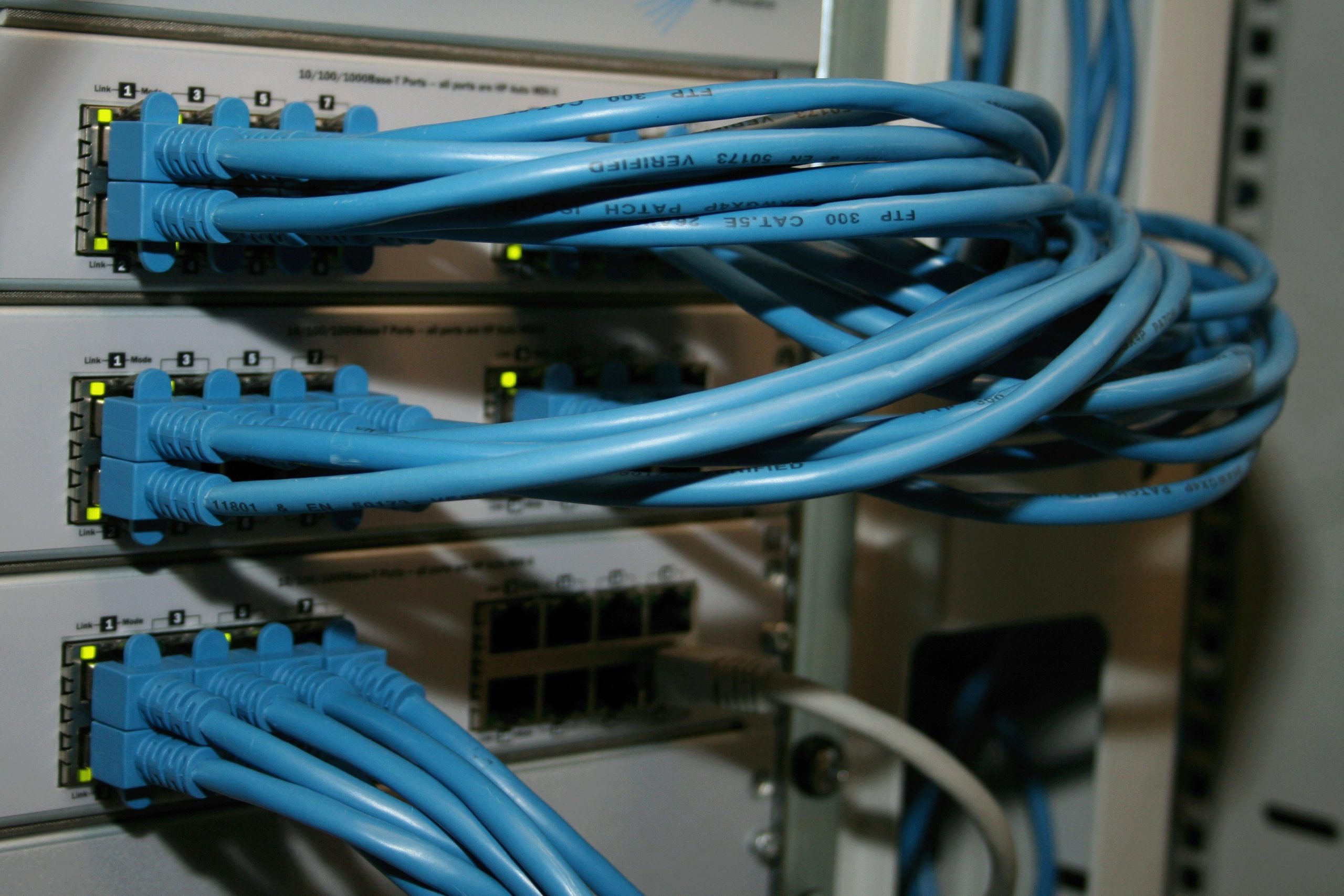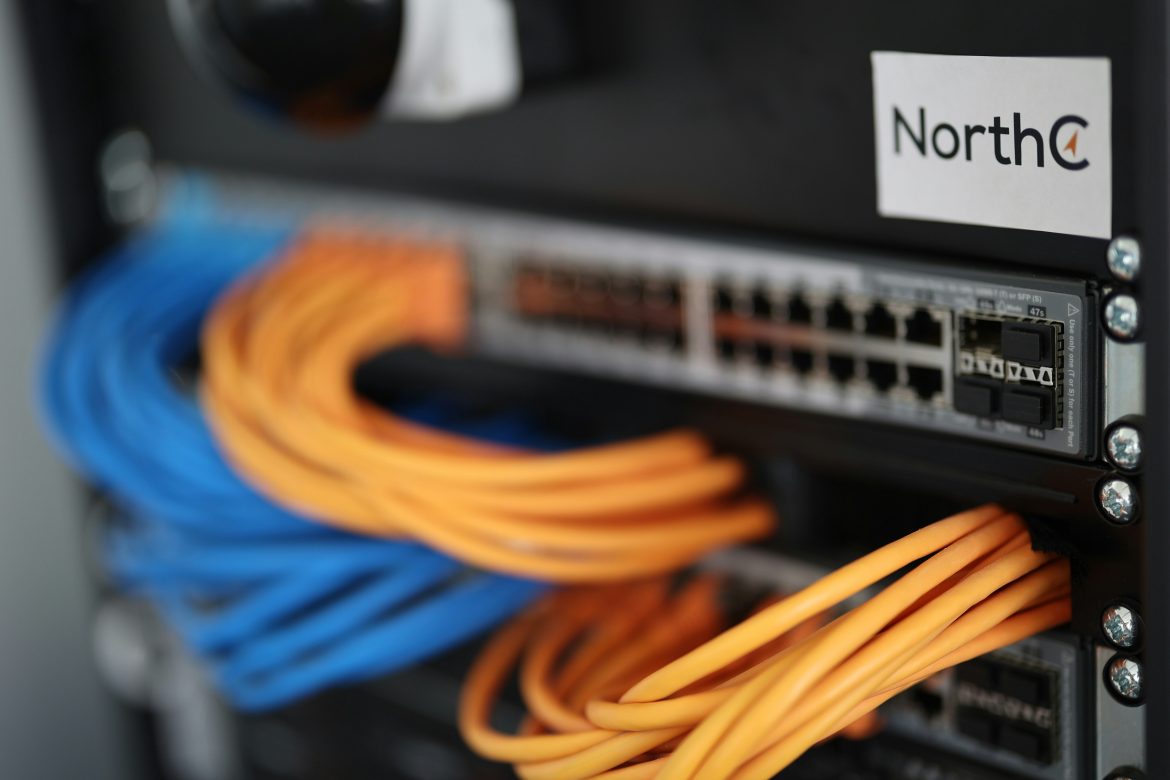In the fast-paced world of modern web applications, the need for efficient and reliable traffic management has never been more critical. As companies strive to deliver seamless user experiences and handle increasing traffic loads, they often turn to technologies like load balancers, reverse proxies, and API gateways. But do you know the key differences between these three essential components of a robust infrastructure? Imagine driving on a congested highway with multiple lanes merging into one – that’s where a load balancer comes in, ensuring that traffic is distributed evenly across servers to prevent bottlenecks and optimize performance. Meanwhile, think of a reverse proxy as your personal concierge at a crowded event, shielding your internal services from direct exposure to the internet while also providing security features like SSL termination. And finally, envision an API gateway as the central hub controlling access to various backend services – it’s like a bouncer at an exclusive club deciding who gets in based on their credentials and permissions.
Understanding network infrastructure components
When it comes to understanding network infrastructure components, it’s essential to grasp the distinct roles of load balancers, reverse proxies, and API gateways. Load balancers are crucial for efficiently distributing incoming network traffic across multiple servers, preventing any one server from being overloaded. These devices play a fundamental role in ensuring high availability and reliability for web applications and services.
In contrast, reverse proxies act as intermediaries between clients and servers. They help optimize performance by caching static content and offloading tasks such as SSL encryption from backend servers. Additionally, reverse proxies provide an extra layer of security by shielding internal network resources from direct exposure to external threats. Understanding how these elements work together within a network infrastructure is essential for optimizing performance and ensuring secure communication between clients and servers.
API gateways are another critical piece of the puzzle, serving as a central point for managing access to backend services through APIs. They provide functionalities such as authentication, authorization, rate limiting, logging, and monitoring – all vital aspects for efficiently managing interactions with various client applications while maintaining security measures. By comprehending the unique functions of each of these components in a network infrastructure, organizations can make informed decisions about how best to design their systems for optimal performance and security.

Load Balancer
Load balancers play a crucial role in distributing network or application traffic across multiple servers to ensure optimal resource utilization and prevent overload. With the increasing demand for high availability and scalability, load balancers have evolved to offer advanced features such as session persistence, health checks, and SSL offloading. These capabilities allow load balancers to intelligently route incoming requests, improve response times, and enhance overall performance. In addition, modern load balancers can integrate with cloud environments, providing dynamic scaling and seamless deployment across different regions.
Moreover, load balancers have become a fundamental component in achieving fault tolerance and maximizing uptime for applications and services. By evenly distributing traffic among backend servers, they can mitigate the impact of server failures or maintenance activities. Furthermore, as organizations embrace microservices architectures and containerization, load balancers are adapting to support these distributed environments by incorporating features like service discovery integration and routing based on specific attributes or labels. As a result, load balancers are no longer just simple traffic distributors but essential tools facilitating robust infrastructure designs.
In conclusion, the role of load balancers is evolving beyond their traditional function of distributing incoming requests to backend servers. They now serve as intelligent traffic managers that enable enhanced performance, fault tolerance measures,and compatibility with modern cloud-native technologies. This evolution reflects the ongoing demand for efficient handling of network traffic in today’s complex IT landscapes.
Reverse Proxy
When it comes to enhancing the performance, security, and reliability of web servers, a reverse proxy plays a pivotal role. Unlike a load balancer which distributes incoming traffic across multiple servers, a reverse proxy acts as an intermediary between clients and servers. By intercepting client requests and sending them to the appropriate backend server, it can optimize the handling of resources and improve the overall user experience.
One key advantage of using a reverse proxy is its ability to provide an extra layer of security by concealing the actual origin server’s identity from external users. Additionally, it can perform functions such as caching frequently accessed content or compressing data before sending it to clients, thereby reducing server load and accelerating content delivery. Furthermore, with the rise of microservices architecture, reverse proxies have gained importance in routing requests to specific services based on various criteria, offering flexibility in managing complex application environments.
In today’s dynamic digital landscape, where scalability and security are paramount considerations for businesses, understanding the intricacies of how reverse proxies function is essential. With their versatile capabilities in offloading tasks from web servers and mitigating potential threats, reverse proxies have become indispensable tools for optimizing web infrastructure and delivering seamless digital experiences.

API Gateway
API Gateway is a crucial component in modern application architecture, offering a centralized entry point for managing, securing, and optimizing API traffic. Unlike traditional load balancers and reverse proxies, API Gateways are specifically designed to handle the complexities of API-based communication. They provide a layer of abstraction that enables flexible routing, protocol translation, authentication and authorization, rate limiting, and caching. By consolidating these functions into a single gateway, organizations can streamline their API management processes while enhancing security and performance.
Additionally, API Gateways play a pivotal role in enabling microservices architectures by acting as a facade for the underlying services. This not only simplifies client interactions by presenting a unified interface but also allows for versioning and monitoring across disparate microservices. With the rise of cloud-native applications and distributed computing models, API Gateways have become indispensable for ensuring seamless connectivity between various components while shielding internal complexities from external consumers. As organizations continue to embrace digital transformation initiatives, the strategic importance of API Gateways in facilitating secure and efficient communication will only grow more pronounced.
Comparison
When it comes to Comparison: of Load Balancer, Reverse Proxy, and API Gateway, it’s crucial to understand their unique functions in optimizing network traffic. While a load balancer distributes incoming server requests across multiple servers, a reverse proxy acts as an intermediary between clients and servers, enhancing security and performance. On the other hand, an API gateway provides a centralized platform for managing and securing APIs by enforcing policies and authenticating requests.
It’s important to note that each component serves distinct purposes within a network infrastructure. The load balancer focuses on distributing traffic efficiently across servers to avoid overloading any single server. In contrast, the reverse proxy offers an additional layer of security by intercepting client requests before they reach the server. Meanwhile, the API gateway serves as a comprehensive solution for managing API interactions with robust security measures in place. Understanding these discrepancies is essential for organizations aiming to optimize their network architecture effectively.

Conclusion
In conclusion, while load balancers, reverse proxies, and API gateways all play crucial roles in managing network traffic and optimizing system performance, it’s important to understand their unique differences and functionalities. Load balancers primarily distribute incoming traffic across multiple servers to ensure a smooth and efficient workload distribution. On the other hand, reverse proxies act as intermediaries between clients and servers, providing an added layer of security, caching capabilities, and simplifying the management of multiple backend servers.
Furthermore, API gateways serve as a centralized interface for managing APIs, offering advanced features such as authentication, authorization, rate limiting, and request transformation. Understanding the specific needs of your infrastructure will ultimately guide your decision on which solution is best suited for your organization. Whether it’s optimizing resource utilization with load balancers or enhancing security and scalability with reverse proxies or streamlining API management with dedicated gateways—each tool offers a distinct set of benefits that can significantly impact the overall performance and security of your systems. By leveraging these technologies strategically based on your unique requirements, organizations can achieve greater efficiency and reliability in their network architectures.
